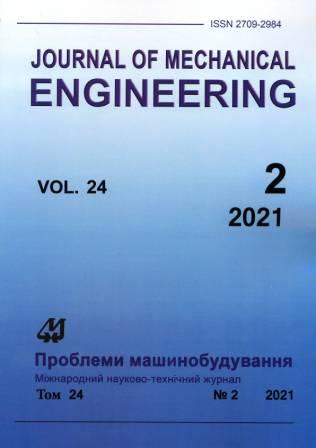Choosing a Universal Air Collector Design for a Cylindrical-Shaped Hot-Wire Anemometer
Abstract
Air flow measurement at the outlets of air terminal devices installed in ventilation systems is very difficult. At the outlets of anemostats, swirl diffusers, grilles, the air flow can swirl, contract, or expand sharply, change its direction, etc., which causes great measurement errors. Therefore, it was necessary to develop a universal measuring device that would make it possible to measure air flow rate with high accuracy. It should consist of an air collector (for collecting and rectifying air flow) and a sensor for measuring air flow rate (integral hot-wire anemometer). Several air collector designs have been investigated. The parabolic air collector was chosen as the rational one. It has low aerodynamic resistance and good air flow distribution. To reduce the influence of turbulence and air swirling, a cylindrical stilling channel with a built-in rectifying grille is connected to the air collector. Experimental studies on various air distribution devices made it possible to obtain a refined calibration dependence for an integral hot-wire anemometer, the dependence being used to calculate air flow rate. The influence of the aerodynamic resistance of an airflow meter on air flow rate is taken into account with the help of a correction that must be introduced into the values measured.
Downloads
Published
Issue
Section
License
Copyright (c) 2021 О. С. Цаканян, С. В. Кошель

This work is licensed under a Creative Commons Attribution-NoDerivatives 4.0 International License.
All authors agree with the following conditions:
- The authors reserve the right to claim authorship of their work and transfer to the journal the right of first publication of the work under the license agreement (the agreement).
- Authors have a right to conclude independently additional agreement on non-exclusive spreading the work in the form in which it was published by the jpurnal (for example, to place the work in institution repository or to publish as a part of a monograph), providing a link to the first publication of the work in this journal.
- Journal policy allows authors to place the manuscript in the Internet (for example, in the institution repository or on a personal web sites) both before its submission to the editorial board and during its editorial processing, as this ensures the productive scientific discussion and impact positively on the efficiency and dynamics of citation of published work (see The Effect of Open Access).

